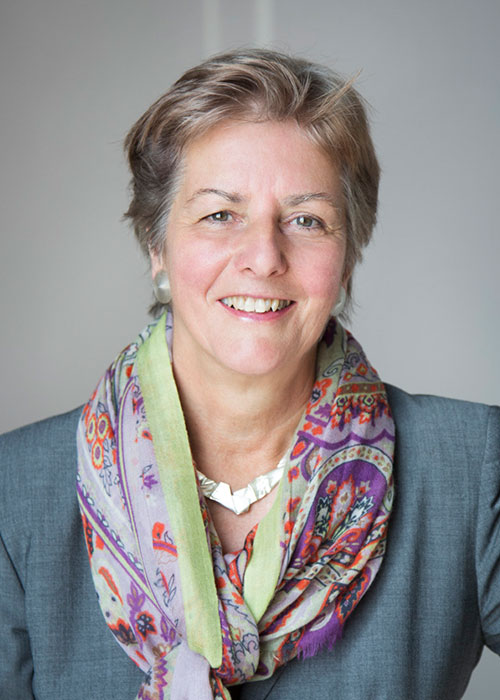Franz Xaver Petter

(Vienna 1791–1866)
Roses and pansies in a vase, signed, dated Franz Xav. Petter 1857,
oil on canvas, 62.5 x 48 cm, framed, (W)
Franz Xaver Petter is inextricably linked to the Biedermeier period. He initially planned to be a porcelain painter like his father, but ultimately opted to train as an oil painter. He studied under Franz Xaver Drechsler and Sebastian Wegmayr, both of whom were significant painters in the field of flower painting. Theirs is not the only influence visible in Petter’s work: he also repeatedly drew on the models offered by traditional Dutch painters. He was able to study these models in numerous museums and collections, taking from them colouring and composition, as well as precision in the depiction of details. Flower painters prepared study sheets and then used these to aid them in the arrangements of various flowers, grasses, fruits, and even small animals or insects. Flower paintings did not claim to represent botanical reality. Thus, flowers were often arranged next to each other even if they did not come into flower at the same time or in the same place. In general, floral arrangements were placed in front of a dark background, drawing inspiration from the Old Masters. Individual flowers were illuminated, as if a ray of light was shining on them.
As a result of his talent, Petter was appointed to the role of “Korrektor” (reviser) for floral painting at the Academy, and produced the important preparatory sheets that his students used in their work. In addition to his impressive floral arrangements, the artist himself primarily created small-format works that only depicted a few flowers. His repertoire also included so-called “Waldbodenstücke”, or forest-floor still lifes. A close-up extract taken from a low perspective, they depict grasses, flowers, berries and small woodland animals. Petter was appointed Director of the School of Manufacturer’s Marks, and influenced numerous students with his work. He was the private tutor of Pauline Koudelka-Schmerling, and thereby trained one of the most well-known Biedermeier flower painters. In his work, Petter was always concerned with creating an exact replica and representing details precisely, as visible in this piece.
Esperta: Dr. Christl Wolf
 Dr. Christl Wolf
Dr. Christl Wolf
+43-1-515 60-377
19c.paintings@dorotheum.at
19.10.2017 - 18:00
- Stima:
-
EUR 20.000,- a EUR 25.000,-
Franz Xaver Petter
(Vienna 1791–1866)
Roses and pansies in a vase, signed, dated Franz Xav. Petter 1857,
oil on canvas, 62.5 x 48 cm, framed, (W)
Franz Xaver Petter is inextricably linked to the Biedermeier period. He initially planned to be a porcelain painter like his father, but ultimately opted to train as an oil painter. He studied under Franz Xaver Drechsler and Sebastian Wegmayr, both of whom were significant painters in the field of flower painting. Theirs is not the only influence visible in Petter’s work: he also repeatedly drew on the models offered by traditional Dutch painters. He was able to study these models in numerous museums and collections, taking from them colouring and composition, as well as precision in the depiction of details. Flower painters prepared study sheets and then used these to aid them in the arrangements of various flowers, grasses, fruits, and even small animals or insects. Flower paintings did not claim to represent botanical reality. Thus, flowers were often arranged next to each other even if they did not come into flower at the same time or in the same place. In general, floral arrangements were placed in front of a dark background, drawing inspiration from the Old Masters. Individual flowers were illuminated, as if a ray of light was shining on them.
As a result of his talent, Petter was appointed to the role of “Korrektor” (reviser) for floral painting at the Academy, and produced the important preparatory sheets that his students used in their work. In addition to his impressive floral arrangements, the artist himself primarily created small-format works that only depicted a few flowers. His repertoire also included so-called “Waldbodenstücke”, or forest-floor still lifes. A close-up extract taken from a low perspective, they depict grasses, flowers, berries and small woodland animals. Petter was appointed Director of the School of Manufacturer’s Marks, and influenced numerous students with his work. He was the private tutor of Pauline Koudelka-Schmerling, and thereby trained one of the most well-known Biedermeier flower painters. In his work, Petter was always concerned with creating an exact replica and representing details precisely, as visible in this piece.
Esperta: Dr. Christl Wolf
 Dr. Christl Wolf
Dr. Christl Wolf
+43-1-515 60-377
19c.paintings@dorotheum.at
|
Hotline dell'acquirente
lun-ven: 10.00 - 17.00
kundendienst@dorotheum.at +43 1 515 60 200 |
| Asta: | Dipinti dell’Ottocento |
| Tipo d'asta: | Asta in sala |
| Data: | 19.10.2017 - 18:00 |
| Luogo dell'asta: | Wien | Palais Dorotheum |
| Esposizione: | 07.10. - 19.10.2017 |
